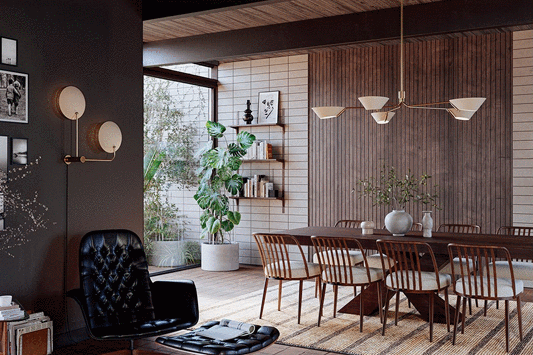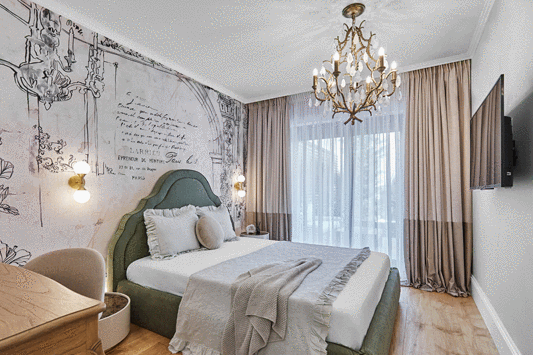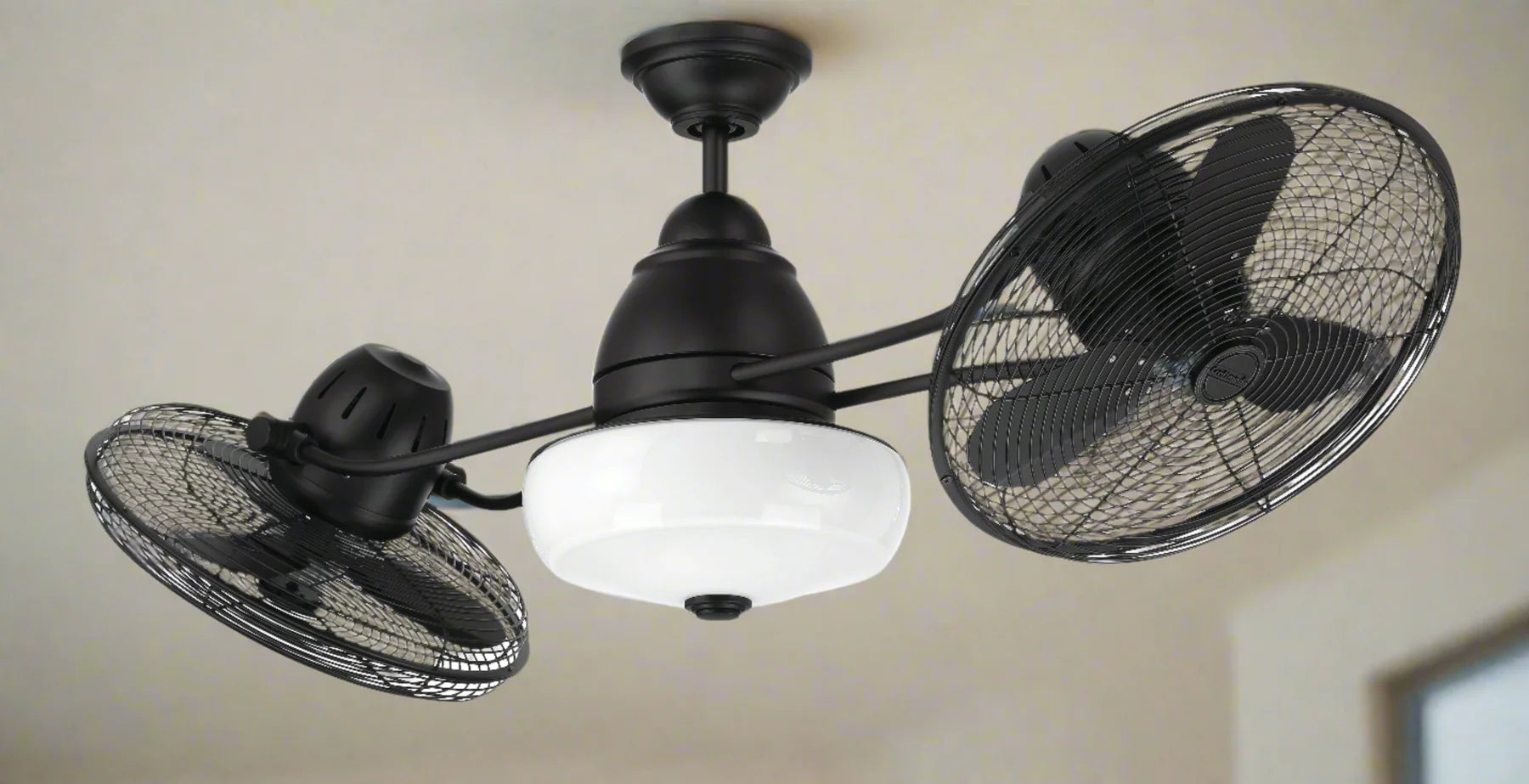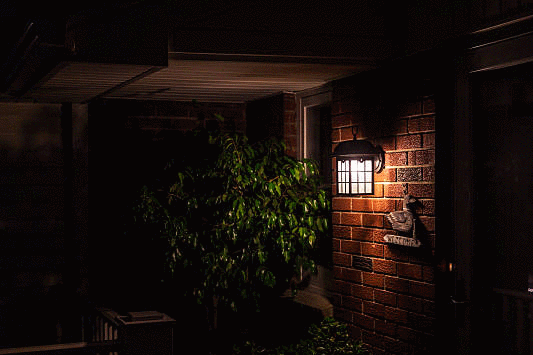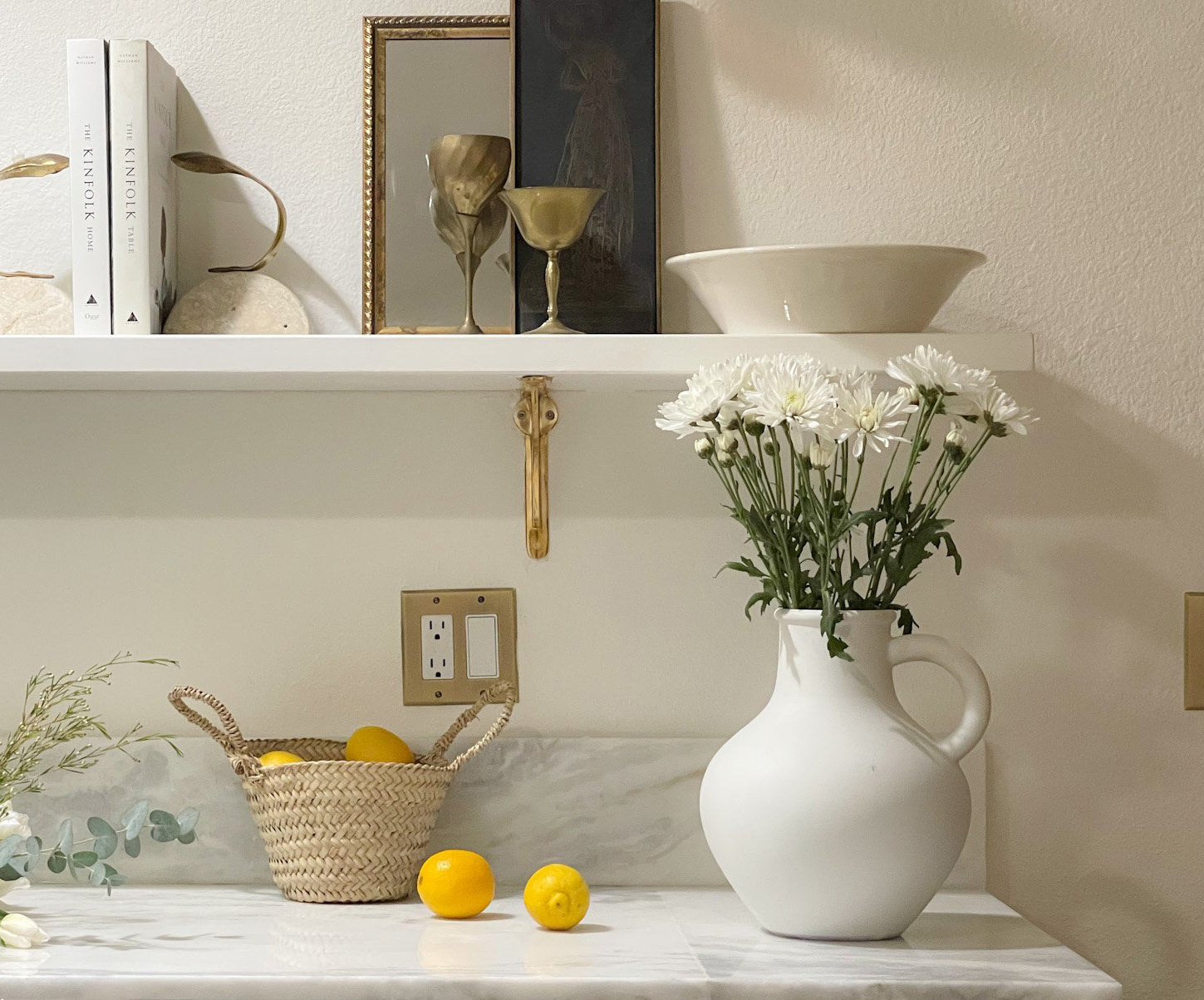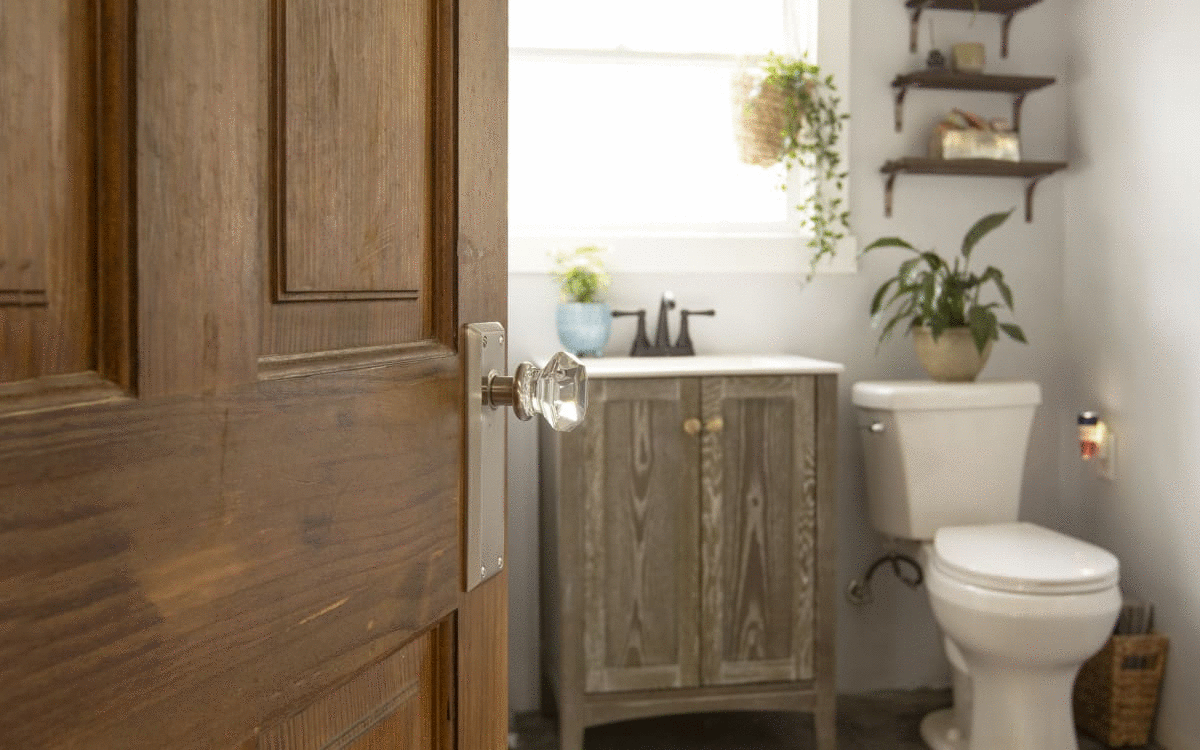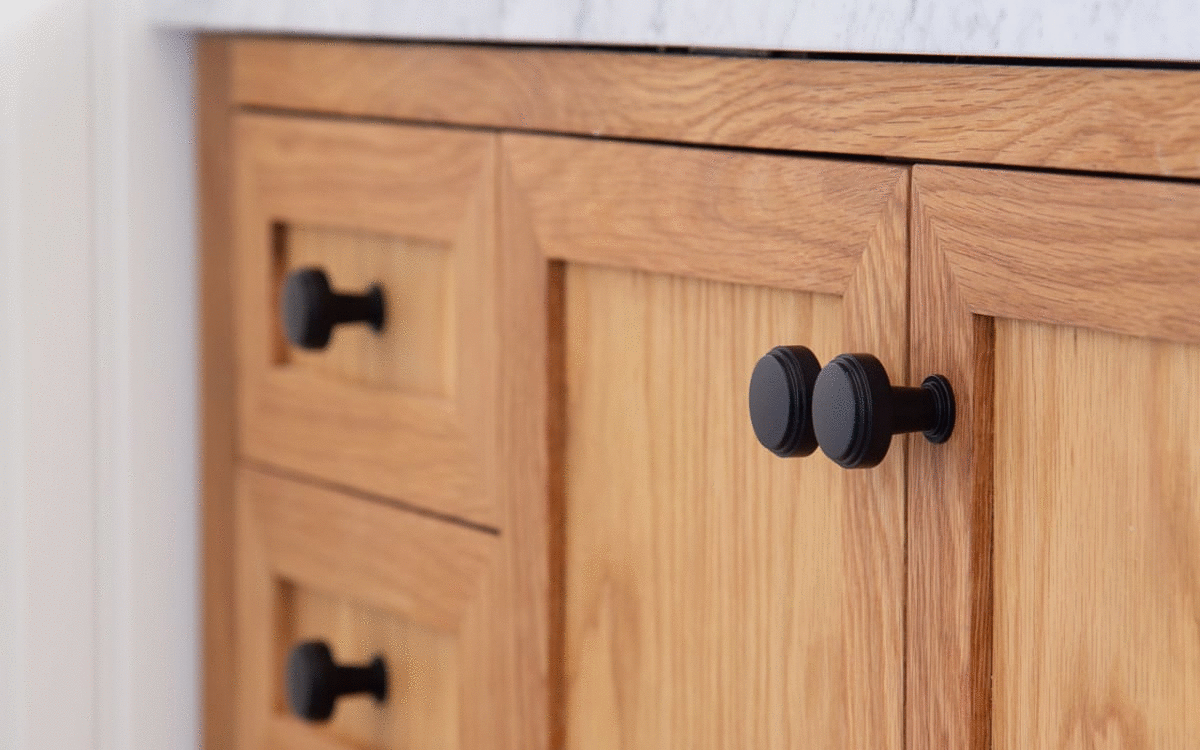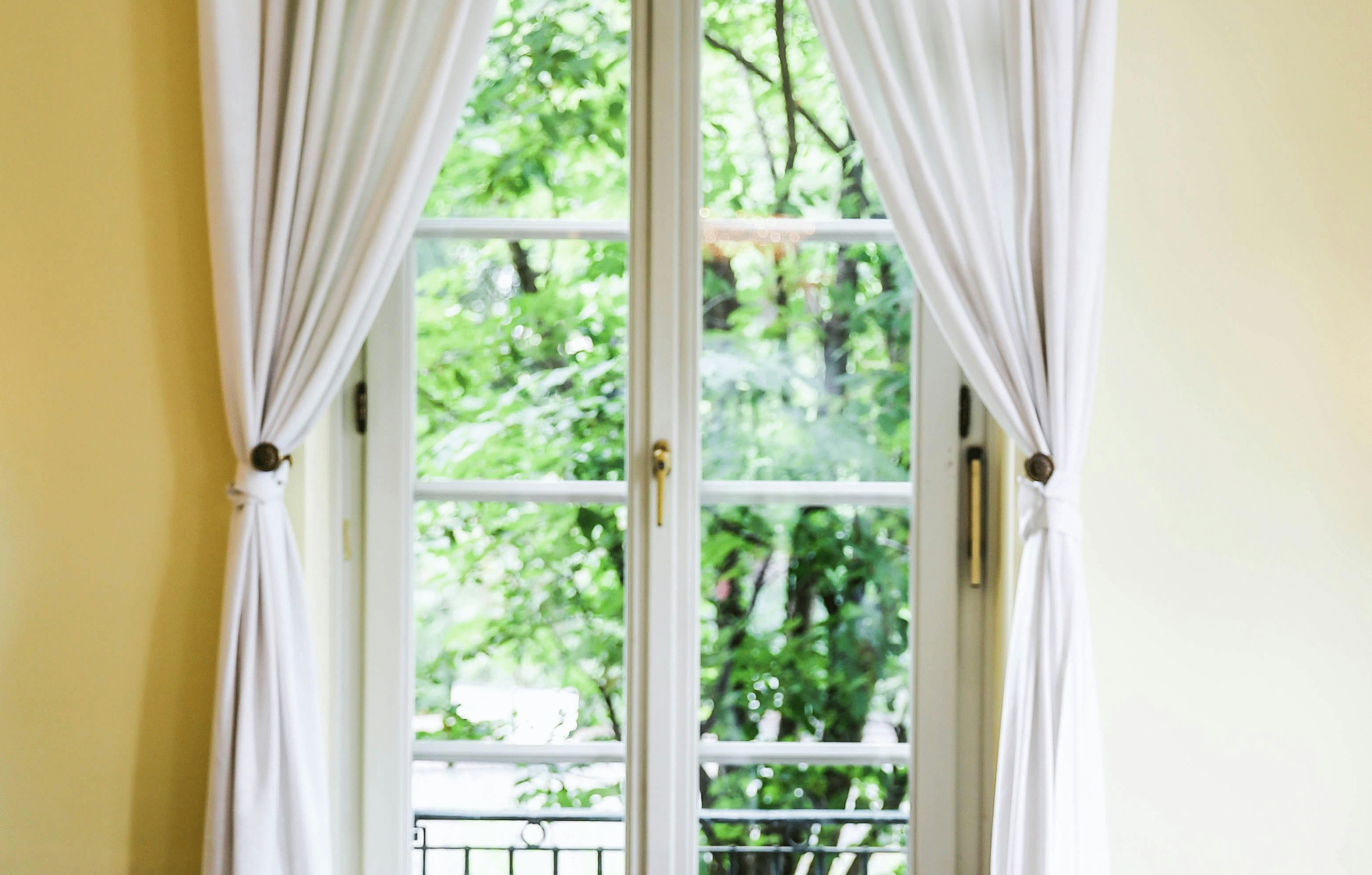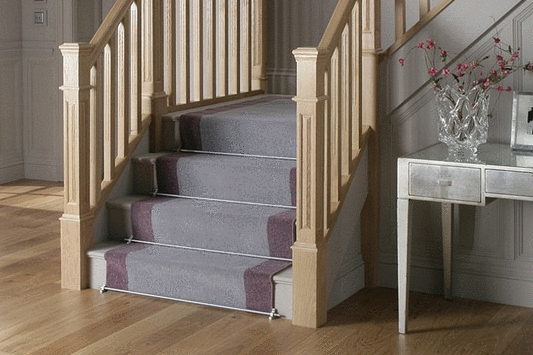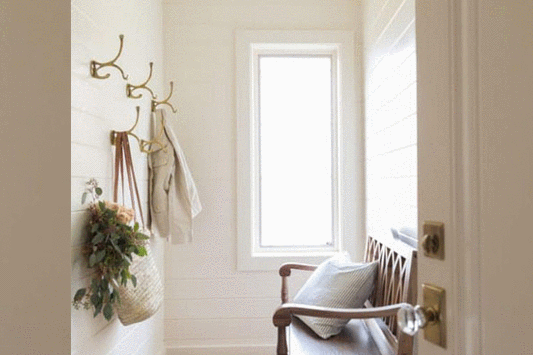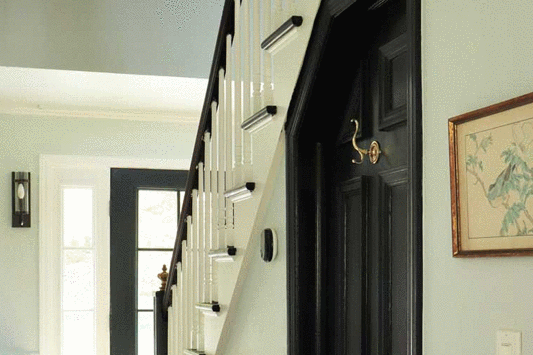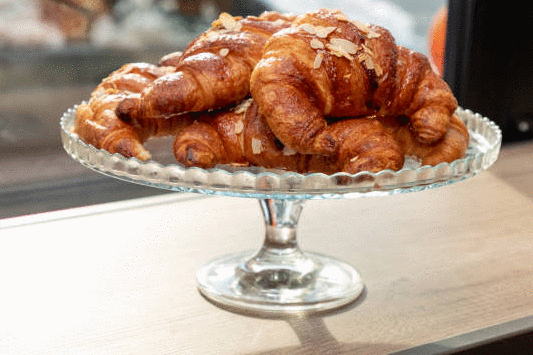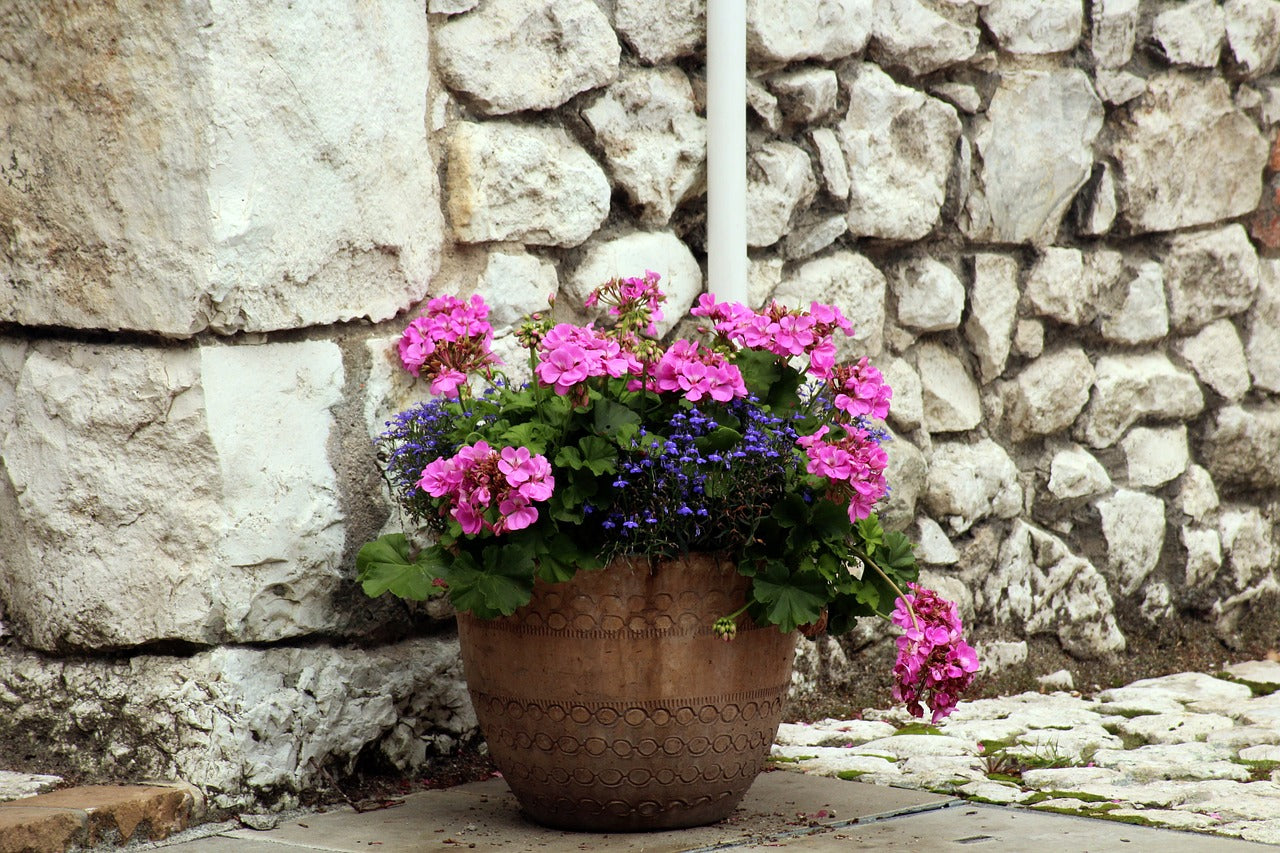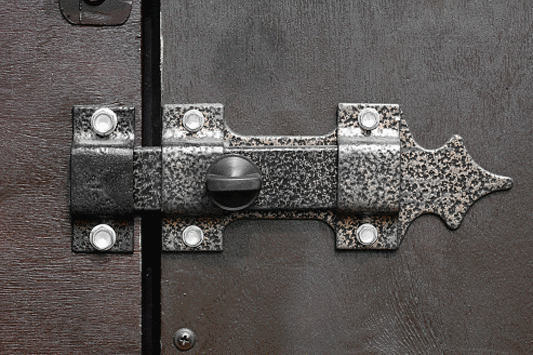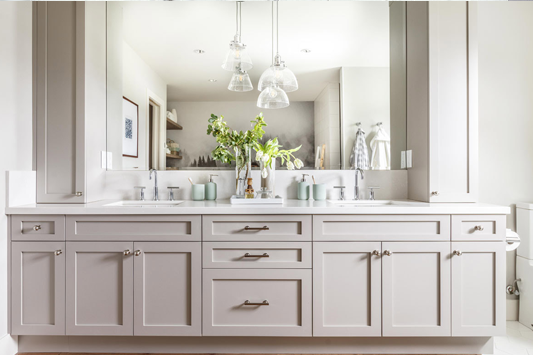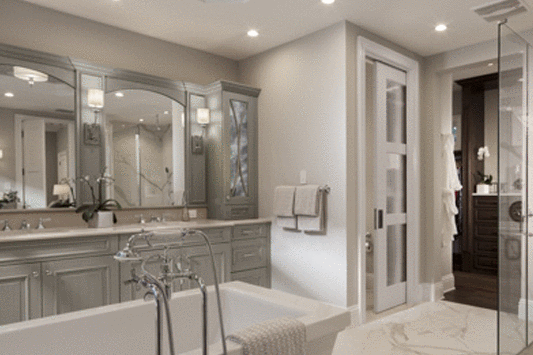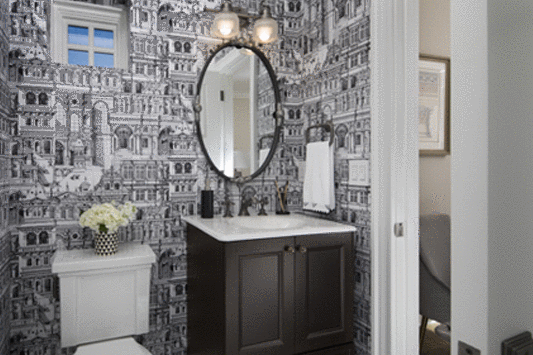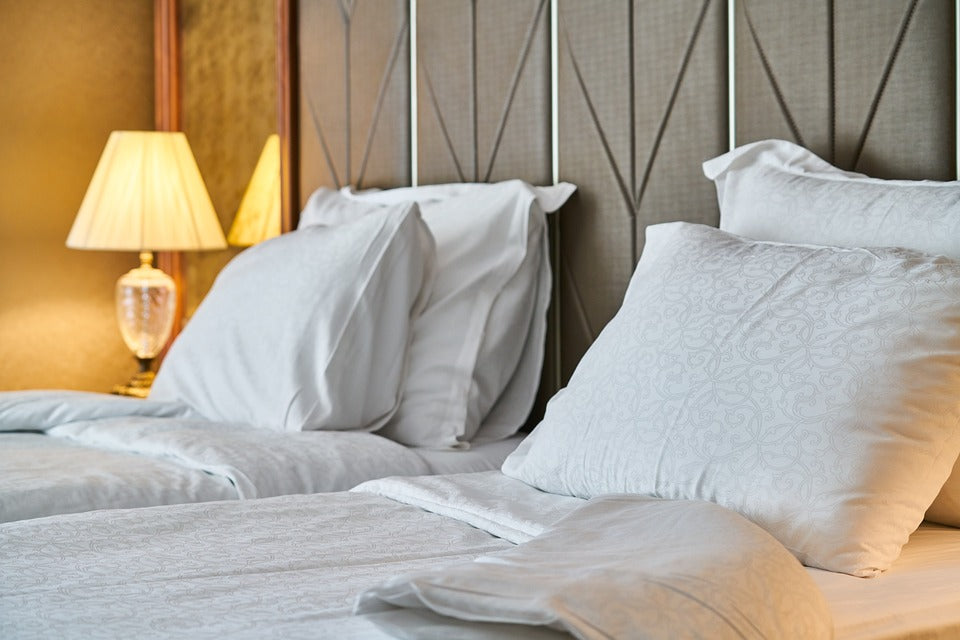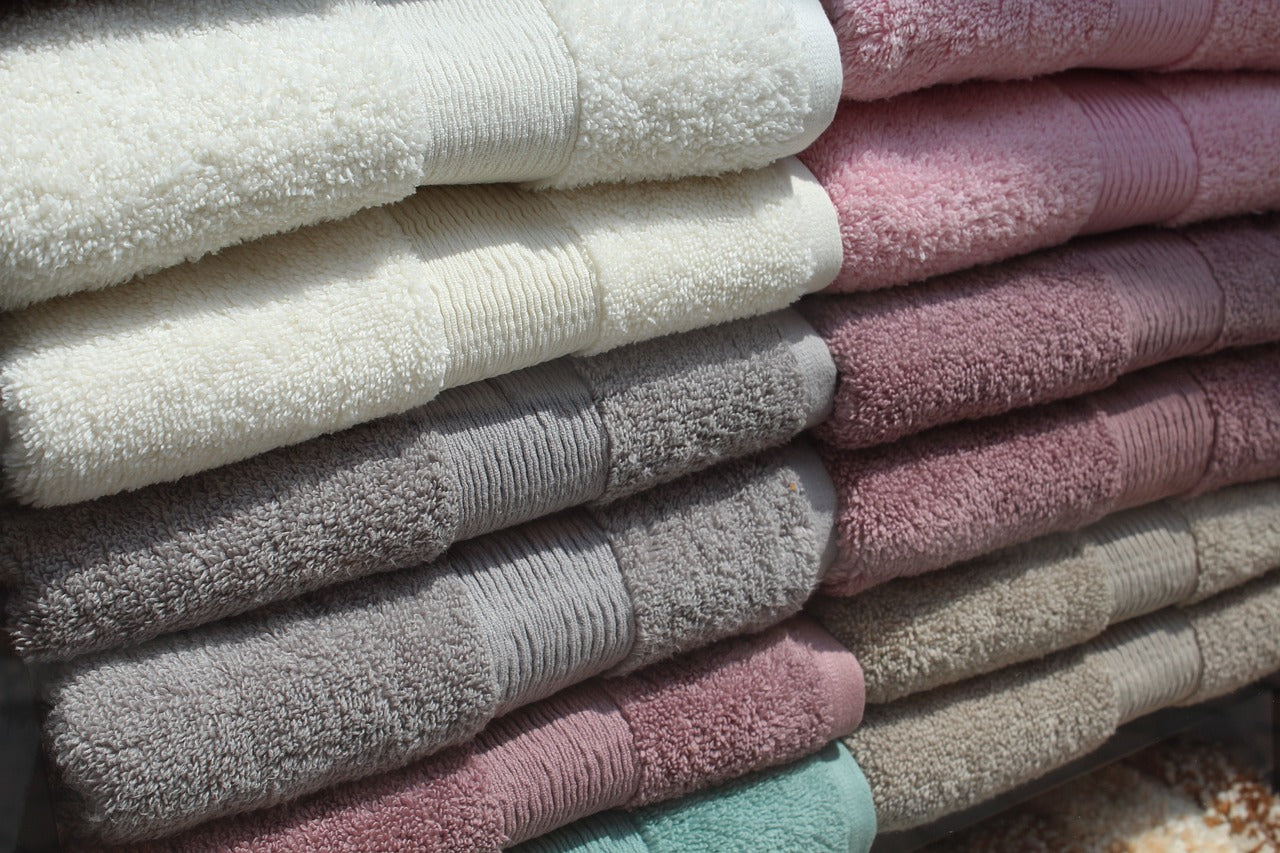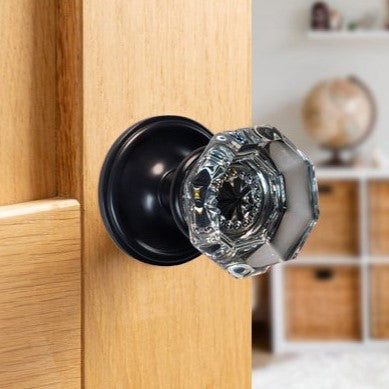Colonial Style
Colonial Hardware and Furniture Combines European Influences with Practicality
It can be a bit difficult to define colonial furniture with exactness. The original furniture was constructed in the American colonies before the American Revolution ended, dating it from approximately the late 17th century to 1790. However, it represents a mix of European styles of furniture including Queen Anne, Georgian, Hepplewhite, Sheraton and many others. It was the blending of the European influences with hardy colony practicality that created the distinctiveness of colonial furniture.
|
|
|
|
 |
 |
 |
Necessity Was Their Mother
It is not surprising that European influence plays such a big role in defining colonial furniture. After all, the colonists were mostly from Europe, so they brought their furniture and European preferences with them. In fact, in some cases people would arrive in the colonies with their European furniture also.
There are three main reasons that colonial furniture began to take on a style of its own. First, there were different types of wood available in the New World compared to the wood available in Europe. Second, the colonists began to see themselves as a distinct nation and thus developed their own symbols and icons that had meaning only to them, influencing furniture and hardware shapes and styles. Third, the colonists had to be practical and so were generalist furniture builders rather than builders specializing in a particular furniture trade like chair maker or cabinet builder.
|
|
|
|
 |
 |
 |
Colonial furniture first shows signs of becoming distinct around 1660 as oak and then maple and pine is used to build furniture, instead of walnut which was used in England. The earliest original colonial built furniture is fairly rough, and consists mostly of stools, tables and chairs. It was not long before furniture became more stylish as the colonists arrived in greater numbers. William and Mary style period pieces include the high chair backs with carved rounded tops, the claw and ball feet, and highboys. Chests are built more often in the mid to late 1700s as life became more refined and furniture making tools advanced. The Queen Anne style of cabriole leg and the style’s distinctive curves are introduced around 1720 and become a solid feature of colonial furniture from that point forward.
|
|
|
|
 |
 |
 |
More Than One Influence
Eventually, many European style influences are added to colonial furniture. Around 1725, some mahogany furniture was built. However, the woods native to North America were used more often and included maple, pine, sycamore, apple wood and oak. The Chippendale influence appears in the mid-1700s, and that introduced a variety of features that include the square leg, Chinese (explaining the lacquer pieces) and Gothic. Chippendale was followed by Hepplewhite which was followed by Sheraton. Some of the more distinctive colonial furniture includes the Windsor chair, the ladderback chair, the slant front bureau with bookcase, the vertical fronted secretaire, settles, benches, and Shaker style furniture, all of which are part of colonial furniture history.
The hardware on colonial furniture for opening and closing drawers and doors was mostly chased-brass mounts, though pulls and knobs continue to be used. As the colonies grew and became more affluent, the brass hardware was used for decoration as much as function.
|
|
|
|
 |
 |
 |
Unique To The Colonies
Colonial furniture is popular because it’s practical, stylish and represents a time of American history. After the American Revolution, the hardware began to take on the icons representing the new country, and Federal hardware was added to colonial style furniture.
The types of hardware available for the repair or restoration of colonial furniture include brass castings that represent the many influences on colonial furniture. The wide range of styles means you can personalize your furniture according to your personal preferences. The hardware represents William and Mary, Georgian, Queen Anne, Hepplewhite, Chippendale, Sheraton, Federal and much more.
|
|
|
|
 |
 |
 |
Replacement Hardware
Hardware pieces include but are not limited to:
-
Pulls (Drop Pulls, Bail Pulls, Tear Drop Pulls, Ring Pulls, Shell Drop, Hepplewhite etc.)
-
Knobs (Glass, Crystal, Brass, Wood)
-
Escutcheons (Round, Diamond Shaped, Clover Leaf, Chippendale, Federal etc.)
-
Hinges (Plain and Exotic)
-
Claw Feet (Solid Bronze and Brass)
-
Tower Bolts, Cane Bolts
-
Catches & Latches
|
|
|
|
 |
 |
 |
There is a large selection of colonial style hardware simply because colonial furniture hardware was influenced by a variety of styles. That makes it easy to match existing pieces or to change a complete set to a preferred style. It’s just another reason why colonial furniture is still popular over 200 years later.
|
|
|
|
 |
 |
 |


